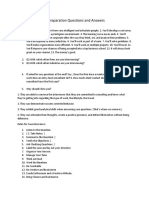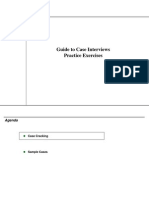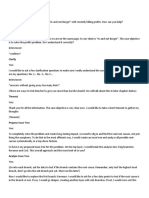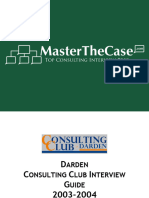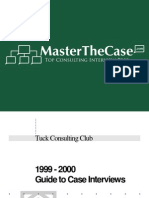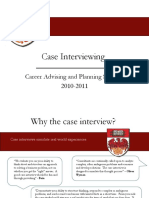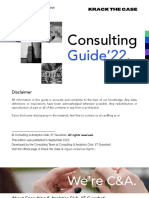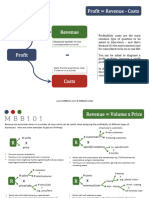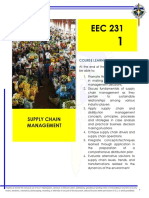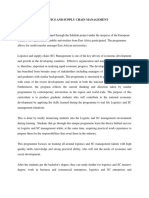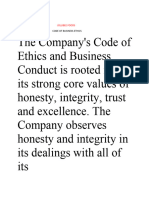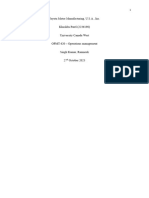0% found this document useful (0 votes)
40 views5 pagesProfitability Case Script
The document outlines a structured approach for addressing a client's profitability concerns by asking clarifying questions to understand the market, business model, and constraints. It emphasizes the importance of diagnosing the root cause of profitability issues, whether from revenue or cost sides, and suggests exploring various strategies for improvement. Additionally, it provides guidance on communicating insights and recommendations effectively during the analysis process.
Uploaded by
biancamiraprilia97Copyright
© © All Rights Reserved
We take content rights seriously. If you suspect this is your content, claim it here.
Available Formats
Download as PDF, TXT or read online on Scribd
0% found this document useful (0 votes)
40 views5 pagesProfitability Case Script
The document outlines a structured approach for addressing a client's profitability concerns by asking clarifying questions to understand the market, business model, and constraints. It emphasizes the importance of diagnosing the root cause of profitability issues, whether from revenue or cost sides, and suggests exploring various strategies for improvement. Additionally, it provides guidance on communicating insights and recommendations effectively during the analysis process.
Uploaded by
biancamiraprilia97Copyright
© © All Rights Reserved
We take content rights seriously. If you suspect this is your content, claim it here.
Available Formats
Download as PDF, TXT or read online on Scribd
/ 5





